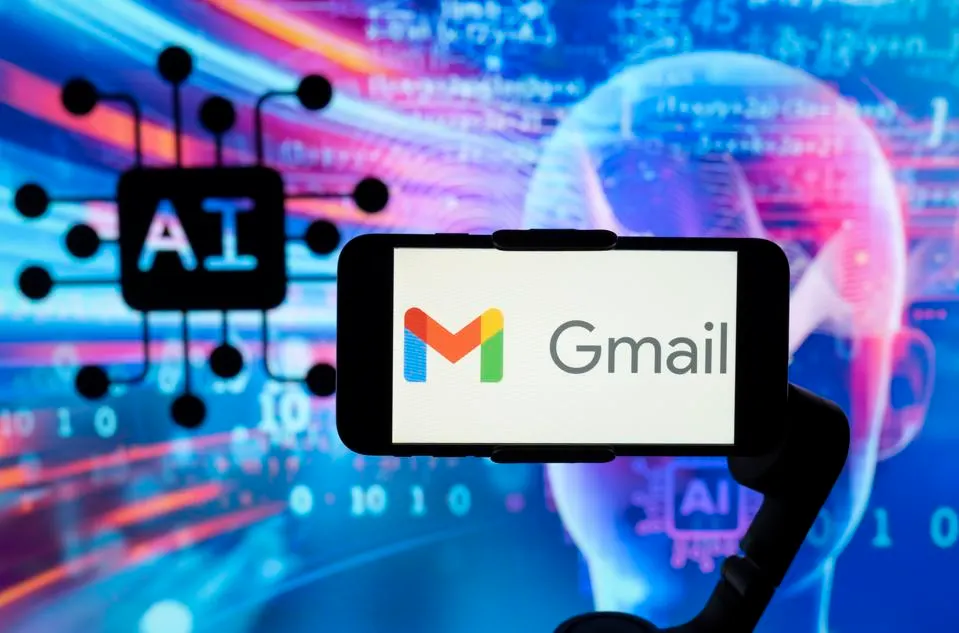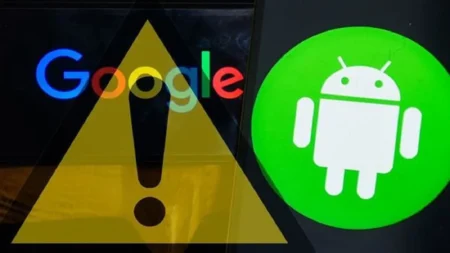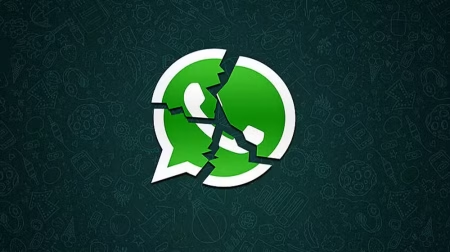As Google continues to strengthen its defenses to protect Gmail accounts, cybercriminals are advancing their tactics, leveraging artificial intelligence (AI) to carry out increasingly sophisticated attacks. With over 2.5 billion Gmail users worldwide, the sheer scale of this user base presents an enticing target for scammers who view every account as a potential victim.
Sam Mitrovic, a Microsoft solutions consultant, recently highlighted the seriousness of this growing threat, sharing his own close call with a “super realistic AI scam call.” Despite his expertise in technology, Mitrovic nearly fell victim to the deceptive scheme, underscoring how even the most tech-savvy users can be vulnerable.
How the Scam Unfolded
In a detailed blog post, Mitrovic recounted his experience with a sophisticated phishing attack that almost led to his Gmail account being compromised. The attack began when Mitrovic received a suspicious notification requesting approval for a Gmail account recovery attempt. Recognizing this as a common phishing tactic, where users are lured into fake login portals, Mitrovic wisely ignored the request, as well as a missed call from a Google-associated number in Sydney, Australia, about 40 minutes later.
However, a week later, the situation escalated. Mitrovic received another account recovery request, followed shortly by a phone call. This time, he answered. The caller, speaking in an American accent, claimed to be from Google support, warning him of suspicious activity on his Gmail account.

Social Engineering Tactics at Play
The scammer, posing as a Google representative, began asking seemingly innocent questions about Mitrovic’s travel history and login locations. These questions were designed to build trust and create an air of legitimacy while simultaneously heightening Mitrovic’s sense of urgency. The impersonator claimed that an attacker had been accessing his Gmail account for the past week and had already downloaded sensitive account data. This revelation matched the suspicious account recovery requests and missed call Mitrovic had received earlier, making the scam even more convincing.
AI-Driven Deception
In an attempt to verify the caller’s legitimacy, Mitrovic searched the incoming phone number online during the call. To his surprise, the number led to Google business pages, a clever ploy by the scammer to further gain his trust. While the page appeared to be connected to Google, it was actually related to Google Assistant calls, not official Google support. Nevertheless, this added a layer of credibility to the scam, showcasing just how advanced these AI-driven tactics have become.
The use of AI in these scams allows fraudsters to create realistic interactions, mimicking real support calls with an almost eerie accuracy. The caller’s use of an American accent, combined with references to actual Google services, made it difficult for Mitrovic to immediately detect the deception.
Protecting Yourself from AI-Driven Scams
Mitrovic’s near-miss serves as a crucial reminder that everyone, no matter how tech-savvy, should remain vigilant against these evolving threats. AI-generated scams are becoming increasingly sophisticated, using real business information and social engineering to fool even the most cautious users.
Here are some important steps to protect yourself:
- Don’t Share Personal Information: Never give out sensitive information like passwords, account recovery codes, or personal details over the phone unless you are certain of the caller’s identity.
- Verify the Caller Independently: If you receive a suspicious call claiming to be from a company like Google, hang up and contact their support through verified contact information found on their official website.
- Be Cautious of Urgent Requests: Scammers often create a sense of urgency to pressure you into making quick decisions. Take your time to verify any unusual requests or notifications.
- Check Official Sources: Always cross-check suspicious phone numbers or email addresses with official sources. If in doubt, contact the company directly through trusted methods.
- Enable Two-Factor Authentication: Strengthen your Gmail account by enabling two-factor authentication (2FA), adding an extra layer of security in case your password is compromised.
As cybercriminals continue to refine their tactics with the help of AI, it’s more important than ever for Gmail users to stay on high alert. Sam Mitrovic’s experience highlights just how convincing these AI-driven scams can be, even for those well-versed in tech. By remaining vigilant and taking steps to verify any unusual requests, users can better protect themselves from falling victim to these increasingly sophisticated phishing schemes.
FAQs
- What is an AI-driven scam call?
An AI-driven scam call uses artificial intelligence to mimic real conversations, often impersonating customer support from trusted companies. These calls are designed to deceive users into giving up sensitive information. - How can I verify if a call from Google is legitimate?
If you receive a call claiming to be from Google, it’s best to hang up and contact Google support through official channels, such as their website or app. Avoid giving out any personal information during unsolicited calls. - What are common signs of a phishing scam?
Common signs include unsolicited requests for personal information, a sense of urgency, unknown phone numbers or email addresses, and links to unfamiliar websites. - What should I do if I receive an unexpected Gmail account recovery request?
Do not approve the request. Instead, log into your Gmail account directly through Google’s official site and check for any unusual activity. Change your password and enable two-factor authentication if needed. - How can I protect my Gmail account from scams?
Use strong, unique passwords, enable two-factor authentication, and regularly check for any suspicious activity in your account. Always verify unusual requests through official sources before taking any action.



